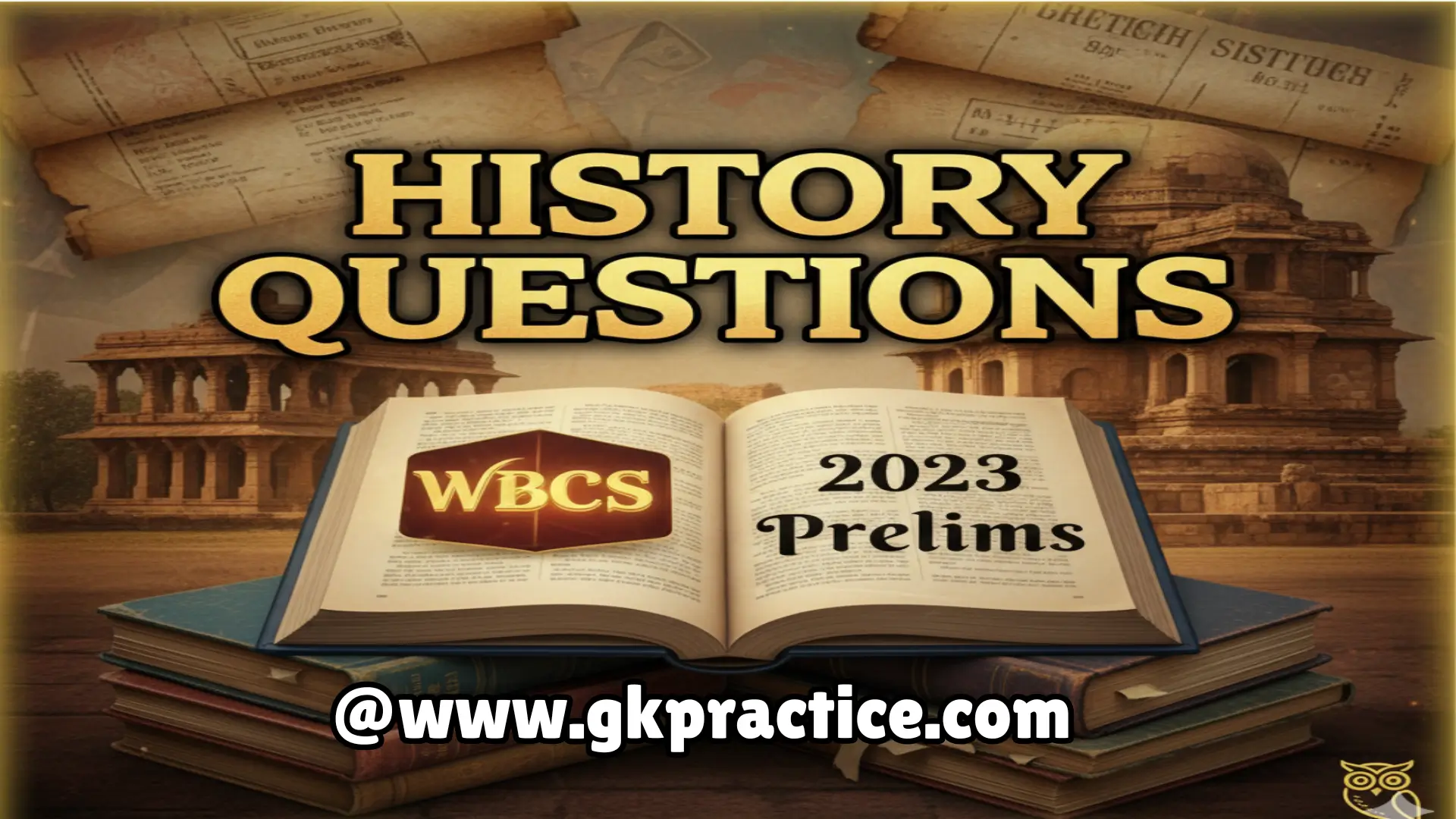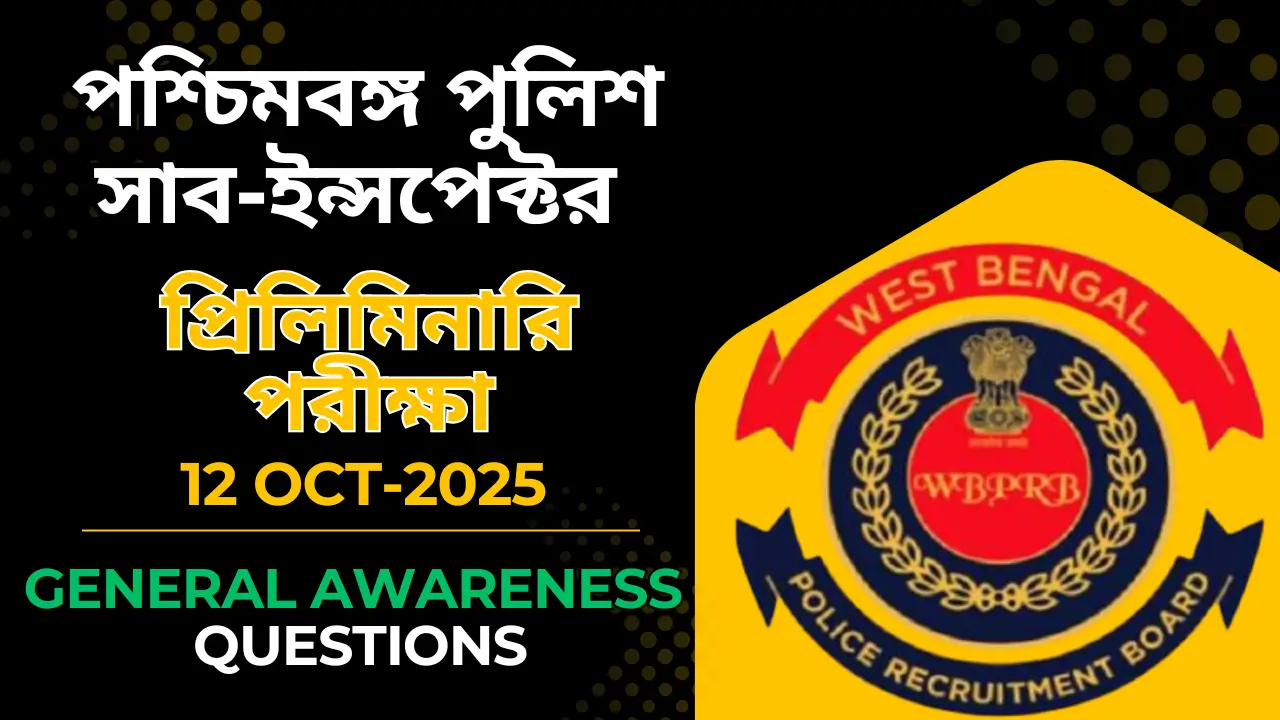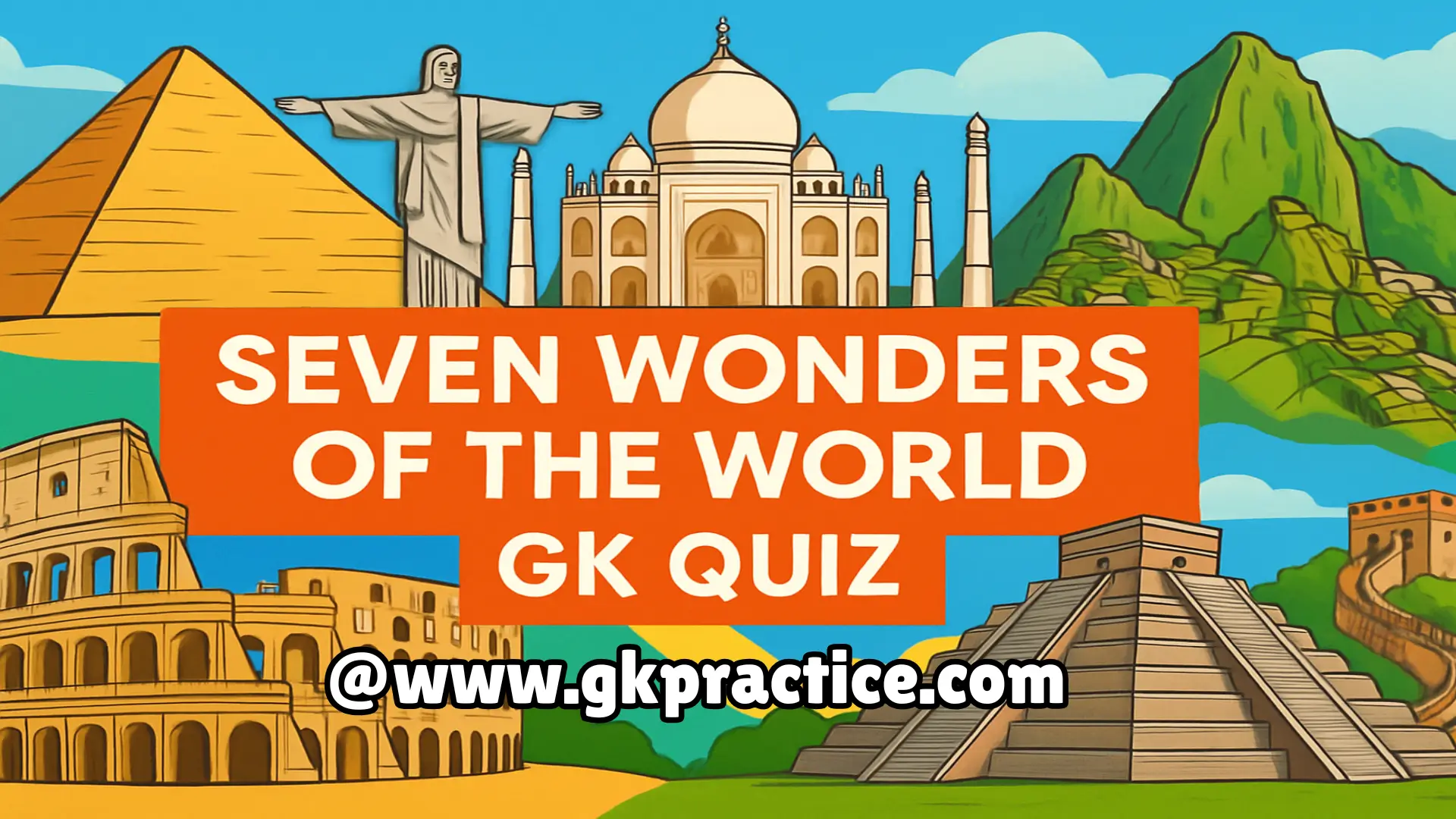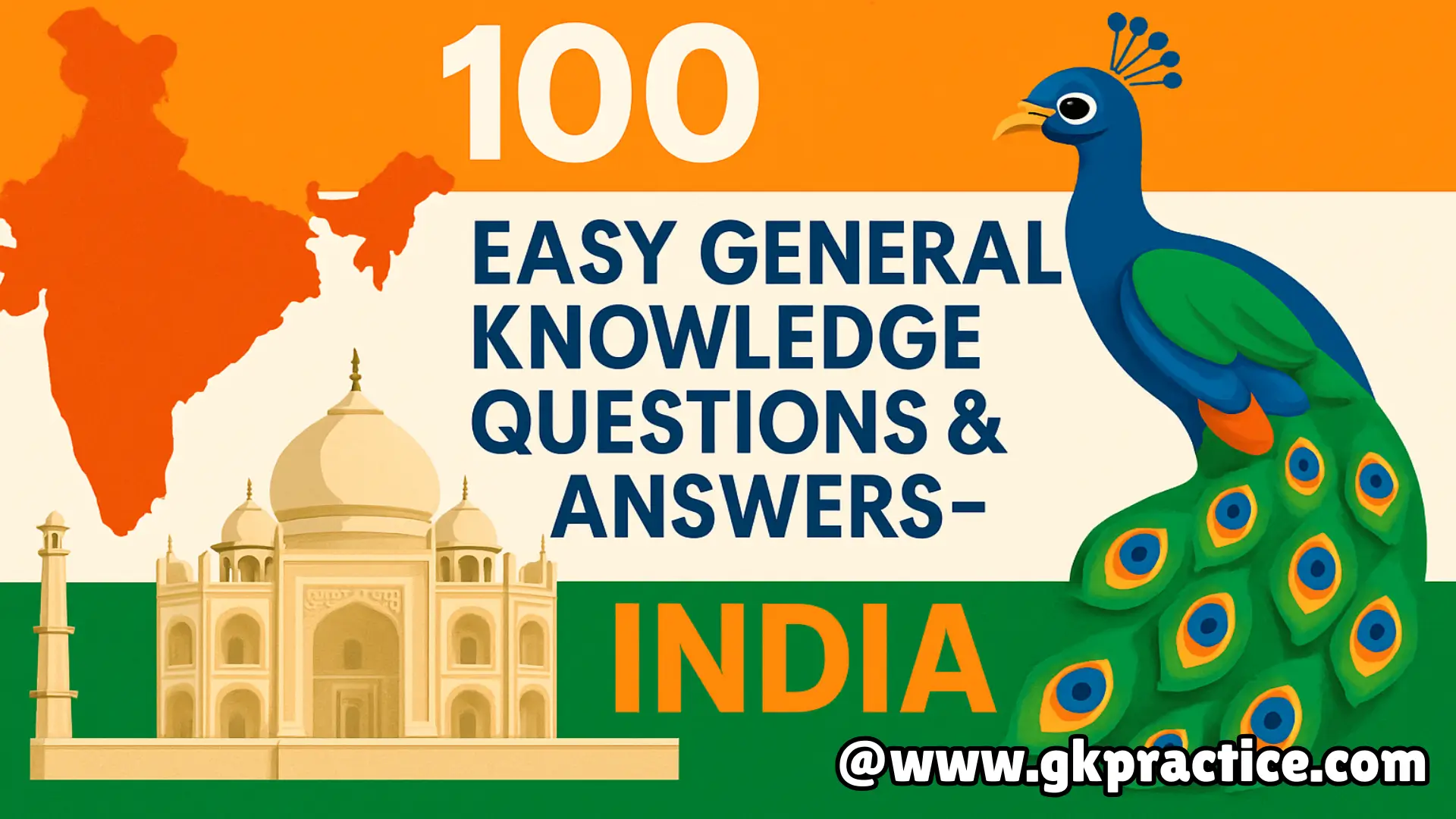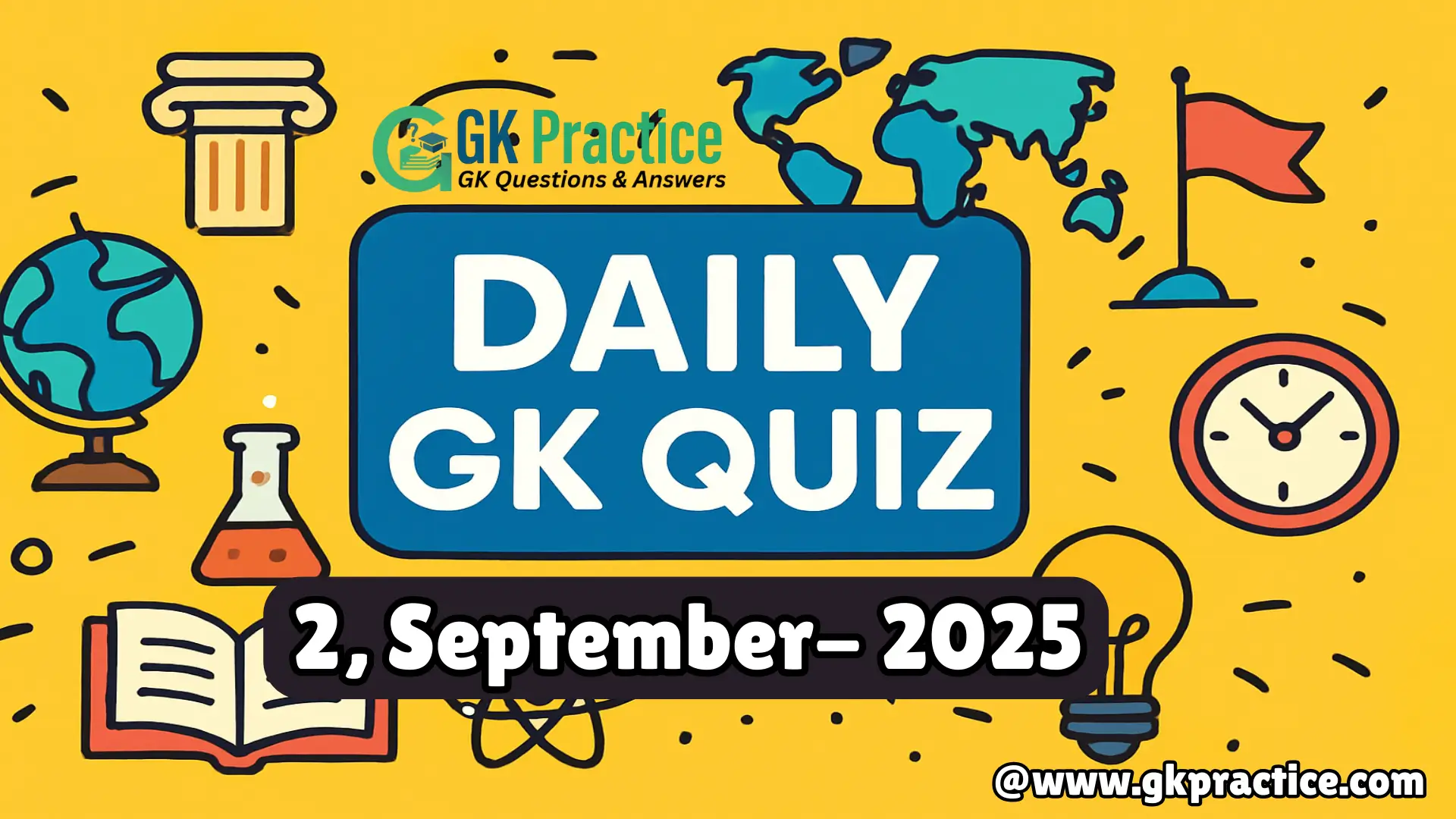‘ভারতের তোতা’ নামে কে পরিচিত?
(A) Jimutavahana
(B) Al-Beruni
(C) Ibn-Batutah
(D) Amir Khusrau
Explanation: Amir Khusrau, a Sufi poet, musician, and scholar of the Delhi Sultanate, is called the “Parrot of India” for his prolific literary works in Persian and Hindavi. He is also regarded as the father of Qawwali music.
Q22) In India the first Paper Mill was set up in West Bengal at
ভারতে প্রথম কাগজের কারখানা পশ্চিমবঙ্গের কোথায় স্থাপিত হয়েছিল?
(A) Srirampur
(B) Banseria
(C) Kulti
(D) Budge Budge
Explanation: The first paper mill in India was established in 1812 at Banseria, near Serampore in West Bengal. It was set up during British rule and marked the beginning of India’s paper industry.
Q23) Which of the following are known as the Bombay Triumvirate?
নিম্নলিখিতদের মধ্যে কারা ‘বোম্বের ট্রায়ামভিরেট’ নামে পরিচিত?
(A) B. G. Tilak, G. K. Gokhale and M. B. Namjoshi
(B) Ferozshah Mehta, K. T. Telang and Badaruddin Tyabji
(C) B. G. Tilak, G. G. Agarkar and G. H. Deshmukh
(D) Dadabhai Naoroji, K. T. Telang and R. G. Bhandarker
Explanation: The “Bombay Triumvirate” or “Three Stars of Bombay” were Ferozshah Mehta, K. T. Telang, and Badaruddin Tyabji. They were early leaders of the Indian National Congress, representing moderate nationalist politics.
Q24) The first cotton textile mill, in India was set up in
ভারতে প্রথম কটন টেক্সটাইল মিল স্থাপিত হয়েছিল
(A) 1820
(B) 1812
(C) 1840
(D) 1818
Explanation: The first cotton textile mill in India was established in 1818 at Fort Gloster, near Kolkata. However, it did not succeed for long. Later, the industry thrived in Bombay (Mumbai) and Ahmedabad.
Q25) Where was the capital of Kanishka?
কনিষ্ক-এর রাজধানী কোথায় ছিল?
(A) Purushpur
(B) Jalandhar
(C) Kashmir
(D) Pataliputra
Explanation: Kanishka, the great Kushana ruler, had his capital at Purushpur (modern-day Peshawar in Pakistan). He is remembered for his patronage of Buddhism and the Fourth Buddhist Council.
Q26) A muslim organization, which proposed during the First World War that Muslims should participate and try to reach an accord with the Congress, was
একটি মুসলিম সংগঠন, যারা প্রথম বিশ্বযুদ্ধের সময় কংগ্রেসের সাথে অংশগ্রহণ ও সমঝোতার পক্ষপাতী ছিল, সেটি হলো
(A) Muslim League
(B) Ahmadiya Movement
(C) Fhrar League
(D) Deoband Movement
Explanation: The Ahmadiya Movement, founded by Mirza Ghulam Ahmad, supported cooperation with the Congress during the First World War. It believed in peaceful reform and bridging Hindu-Muslim unity.
Q27) Madan Lal Dhingra murdered Curzon Wyllie in London in 1909 as a protest against
মদন লাল ধিংড়া ১৯০৯ সালে লন্ডনে কার্জন ওয়াইলিকে হত্যা করেন কেন্দ্র করে প্রতিবাদ স্বরূপ—
(A) the indiscriminate arrest of the Ghadarites.
(B) the inhuman transportation and hanging of Indian youth.
(C) the imprisonment of Lal, Bal and Pal.
(D) The partition of Bengal.
Explanation: Madan Lal Dhingra assassinated Sir Curzon Wyllie in London (1909) as a protest against the cruel transportation and execution of Indian revolutionaries. It was an act of martyrdom in the freedom struggle.
Q28) Who started Faraizi movement in Bengal?
ফারায়েজি আন্দোলন বাংলায় কে শুরু করেন?
(A) Titumir
(B) Kunwar Singh
(C) Digambar Biswas
(D) Haji Shariyatullah
Explanation: Haji Shariyatullah founded the Faraizi Movement in Bengal in the 19th century. It aimed at purifying Islam by removing non-Islamic practices and also resisted British oppression and zamindari exploitation.
Q29) Who was Mihirkula/Mihirigula?
‘মিহিরকুলা/মিহিরিগুলা’ কে ছিলেন?
(A) Saka king
(B) Kushana king
(C) Huna king
(D) Pahlava king
Explanation: Mihirkula was a famous Huna ruler of India in the 6th century CE. He was known for his cruelty and violent persecution of Buddhists, though he later came under the influence of Shaivism.
Q30) The Revolution related to increased production of eggs in India is
ডিম উৎপাদন বৃদ্ধির জন্য ভারতে যে বিপ্লব সংঘটিত হয়েছিল তা হলো—
(A) Silver
(B) Golden
(C) White
(D) Liquid
Explanation: The Golden Revolution in India refers to the growth of horticulture and egg production. It emphasized poultry farming, fruit cultivation, and other allied sectors, boosting nutrition and rural economy.

